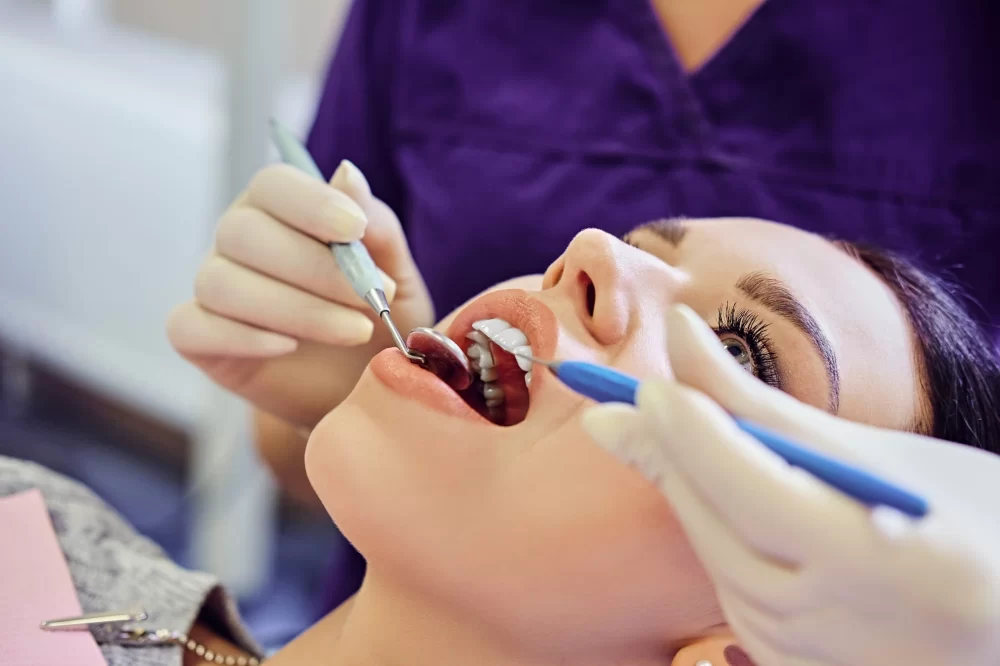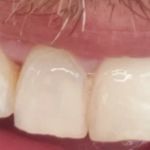
- what-is-tooth-nerve-inflammation
- early-warning-signs-of-nerve-inflammation
- causes-and-risk-factors
- management-techniques-for-tooth-nerve-inflammation
- real-life-case-study
- when-to-seek-professional-help
1. What Is Tooth Nerve Inflammation?
Tooth nerve inflammation, often referred to medically as pulpitis, occurs when the dental pulp inside the tooth becomes inflamed. This pulp is a soft area filled with nerves and blood vessels, and when it's irritated or infected, it can lead to significant discomfort. The condition ranges from mild to severe, and if left untreated, it may result in irreversible damage to the nerve, requiring more invasive procedures like root canal therapy.
Understanding the signs of tooth nerve inflammation is critical to early diagnosis and successful treatment. At Dentistry Toothtruth, we often emphasize the importance of recognizing symptoms early to avoid complications and expensive dental procedures.
2. Early Warning Signs of Nerve Inflammation
2.1 Sensitivity to Hot and Cold
One of the most common early signs of tooth nerve inflammation is increased sensitivity to temperature changes. If a sip of coffee or a bite of ice cream triggers sharp pain that lingers for more than a few seconds, this could indicate that the nerve inside your tooth is irritated.
2.2 Spontaneous Tooth Pain
Pain that appears suddenly and without obvious triggers, especially at night, may suggest that the nerve is inflamed. This type of nerve pain in teeth is often throbbing and hard to ignore, affecting sleep and quality of life.
2.3 Swelling or Tenderness in the Gums
Inflammation of the dental nerve can sometimes spread to the surrounding gum tissue, leading to swelling, redness, or a small bump near the affected tooth. This is particularly common in cases where an infection is involved.
2.4 Discoloration of the Tooth
Teeth with nerve damage may gradually darken due to reduced blood flow or internal bleeding. This visible change is often a late-stage symptom, indicating that the inflammation may have progressed significantly.
3. Causes and Risk Factors
3.1 Deep Cavities and Tooth Decay
The most common cause of tooth nerve inflammation is untreated cavities that penetrate deep into the tooth. Bacteria reach the pulp and trigger an immune response, resulting in inflammation and pain.
3.2 Dental Trauma
A physical blow to the face or teeth can damage the nerves even if there's no visible crack or chip. Athletes and individuals who grind their teeth are particularly at risk for this type of injury.
3.3 Multiple Dental Procedures
Repeated drilling or restorations on the same tooth can cause trauma to the pulp over time, leading to nerve irritation. Patients who’ve undergone multiple procedures on a single tooth should stay alert for signs of inflammation.
3.4 Gum Disease and Infection
Periodontal disease can create deep pockets that expose the roots and nerves of the teeth to bacteria. Once infection reaches the inner layers, inflammation becomes inevitable.
4. Management Techniques for Tooth Nerve Inflammation
4.1 Home Remedies for Temporary Relief
While professional treatment is necessary, some home remedies can provide temporary relief. Rinsing with warm saltwater, applying clove oil, and using over-the-counter painkillers like ibuprofen can help manage discomfort until you see a dentist.
4.2 Professional Dental Treatments
Depending on the severity, your dentist may suggest one of the following:
- Deep Cleaning: For cases linked to gum disease, scaling and root planing can help reduce bacterial buildup.
- Filling or Crown: If caught early, removing decay and protecting the tooth may stop the inflammation.
- Root Canal Therapy: This is a common treatment when the nerve is irreversibly damaged. It involves removing the pulp, cleaning the canal, and sealing it to prevent infection.
At Dentistry Toothtruth, we provide personalized treatment options based on the patient’s symptoms, oral history, and diagnostic results.
4.3 Long-Term Prevention
Preventing future inflammation involves good oral hygiene practices, regular check-ups, and addressing minor issues before they escalate. Using fluoride toothpaste, avoiding sugary snacks, and wearing a mouthguard during sports are practical steps.
5. Real-Life Case Study
Consider Maria, a 34-year-old teacher who ignored mild sensitivity in her molar for months. Eventually, the pain became so severe that she couldn't sleep. Upon visiting Dentistry Toothtruth, she was diagnosed with acute pulpitis and underwent root canal treatment. Post-procedure, Maria expressed relief and wished she had sought help earlier. Her story is a reminder of why listening to your body's warning signs is essential.
6. When to Seek Professional Help
6.1 Persistent Pain Lasting Over 24 Hours
If you're experiencing tooth pain that lasts more than a day and doesn’t respond to basic remedies, it’s time to consult a dentist. Lingering pain usually signals deeper issues.
6.2 Signs of Infection
Swelling, fever, and foul odor from the mouth are signs that the inflammation may have progressed into an infection. Prompt treatment is vital to prevent the spread of bacteria to other parts of the body.
6.3 Post-Treatment Complications
Sometimes, symptoms persist or recur even after treatment. This could indicate incomplete removal of the infected pulp or re-infection. Follow-up visits with your dental provider are key to ensuring complete healing.
Remember, Dentistry Toothtruth offers comprehensive assessments and treatment options tailored to your condition. Trust our team to guide you toward lasting relief and oral health.







 Maui Whitening Orlando4.0 (32 review)
Maui Whitening Orlando4.0 (32 review) Bloomington Southside Dental Care3.0 (26 review)
Bloomington Southside Dental Care3.0 (26 review) Christiana Dental Center4.0 (650 review)
Christiana Dental Center4.0 (650 review) Carolina Dental Arts - New Bern Ave4.0 (152 review)
Carolina Dental Arts - New Bern Ave4.0 (152 review) Equitas Health Short North Medical Center3.0 (96 review)
Equitas Health Short North Medical Center3.0 (96 review) Prosthodontics of Madison - Kendra Schaefer, DMD & Christine Roenitz, DMD4.0 (25 review)
Prosthodontics of Madison - Kendra Schaefer, DMD & Christine Roenitz, DMD4.0 (25 review) The Importance of Oral Health Education During Pregnancy for a Healthy Pregnancy
The Importance of Oral Health Education During Pregnancy for a Healthy Pregnancy Best Tips for Brushing Your Teeth Properly for Healthy Gums: Essential Techniques for Oral Health
Best Tips for Brushing Your Teeth Properly for Healthy Gums: Essential Techniques for Oral Health Why Skipping Dental Checkups Can Lead to Bigger Oral Health Problems
Why Skipping Dental Checkups Can Lead to Bigger Oral Health Problems Advantages of Porcelain Dental Restorations
Advantages of Porcelain Dental Restorations How Can Diabetes Cause Tooth and Gum Problems? Preventing and Managing Oral Health Issues
How Can Diabetes Cause Tooth and Gum Problems? Preventing and Managing Oral Health Issues Healthy Habits for Promoting Good Oral Health and Hygiene: Tips for a Healthy Smile
Healthy Habits for Promoting Good Oral Health and Hygiene: Tips for a Healthy Smile